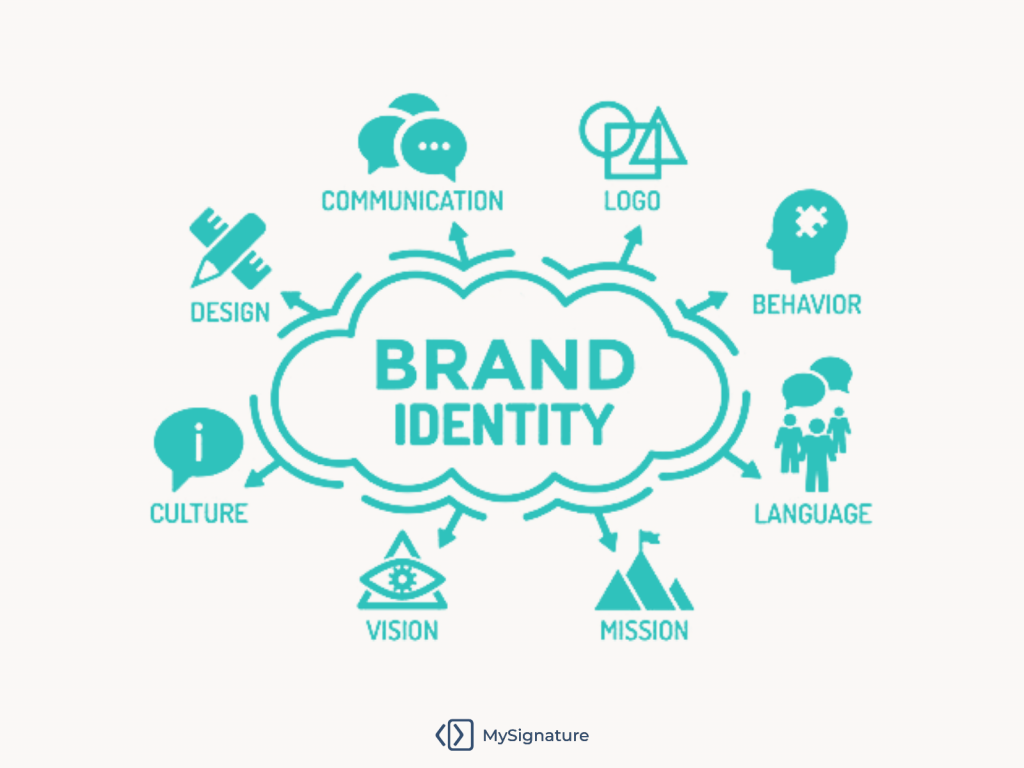
Visual Vernacular: How Brand Identities EvolveVisual Vernacular: How Brand Identities Evolve As Brands Navigate the Visual Landscape In today’s hyperconnected world, brands face the constant challenge of standing out in an increasingly saturated visual landscape. Visual vernacular, the unique language of shapes, colors, and typography that define a brand’s identity, plays a crucial role in its ability to capture attention, build recognition, and establish differentiation. Evolution of Visual Vernacular Over time, brand identities undergo subtle yet significant transformations to reflect changing consumer preferences, technological advancements, and cultural shifts. This evolution can manifest in various ways: * Refining the Core Essence: Brands may maintain their core elements while introducing subtle updates to their visual vocabulary. This can involve refining typography, adjusting color palettes, or streamlining graphic elements to enhance readability and memorability. * Embracing New Visual Trends: To stay relevant and connect with contemporary audiences, brands often incorporate emerging design trends into their visual vernacular. This could involve adopting bold and unconventional typography, using vibrant color combinations, or experimenting with immersive visual experiences. * Reflecting Societal Changes: Brands that are attuned to cultural shifts may adjust their visual identity to reflect changing societal values and perspectives. For example, embracing sustainability principles may lead to the use of eco-friendly materials or imagery that highlights environmental consciousness. Impact of Digitalization The rapid pace of digitalization has profoundly influenced the evolution of visual vernacular. Brands have had to adapt their identities to a multitude of platforms, including websites, social media, and mobile applications. This has led to: * Digital Adaptation: Brands have redesigned their logos, typography, and color palettes to ensure optimal visibility and readability across different digital devices and screen sizes. * Interactive Experiences: As digital technology advances, brands are exploring immersive and interactive ways to engage with consumers through their visual identity. This can include augmented reality experiences, dynamic typography, and personalized visual content. * Social Media Presence: Social media has become a key platform for brands to showcase their visual vernacular and connect with their target audience. Brands carefully curate their social media presence, aligning their visuals with their overall brand story and messaging. Role of Consistency Despite the need for evolution, consistency remains a cornerstone of visual vernacular. Brands must maintain a consistent visual identity across all touchpoints to ensure recognition and familiarity. This requires meticulous attention to detail and a strong brand style guide that outlines specific rules and guidelines for the use of visual elements. Conclusion The visual vernacular of brands is a constantly evolving landscape that reflects the ever-changing nature of both consumers and the technological environment. To succeed, brands must navigate this dynamic landscape by refining their core essence, embracing new visual trends, reflecting societal changes, and adapting to digitalization while maintaining a strong foundation of consistency. By doing so, they can create a powerful visual language that resonates with audiences and builds lasting brand recognition and loyalty.
Posted inNews